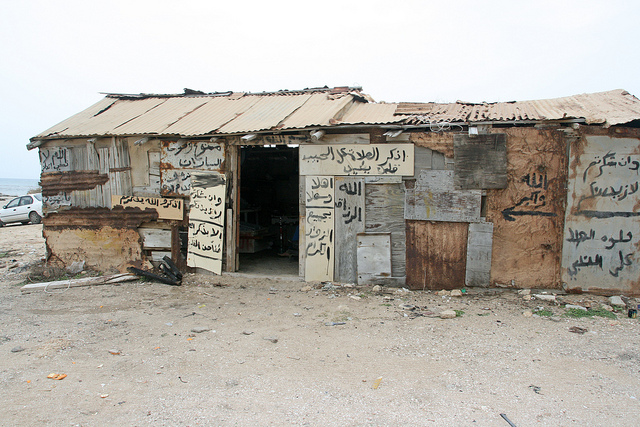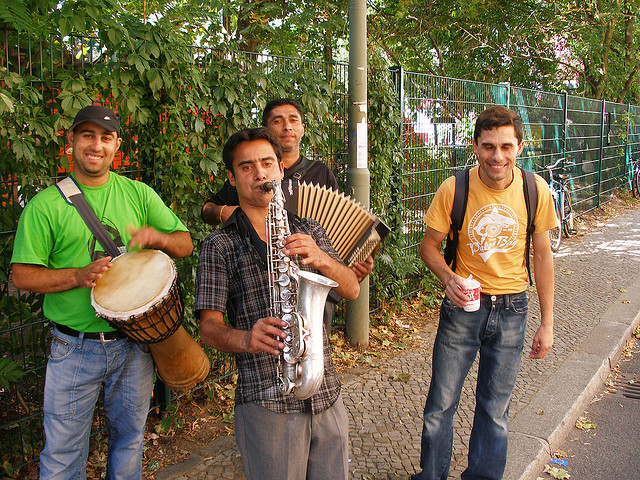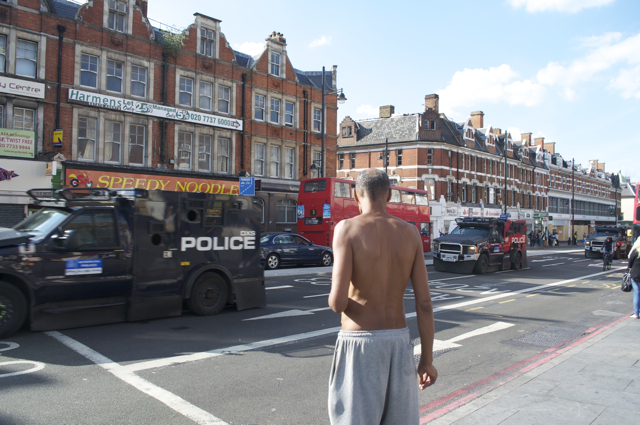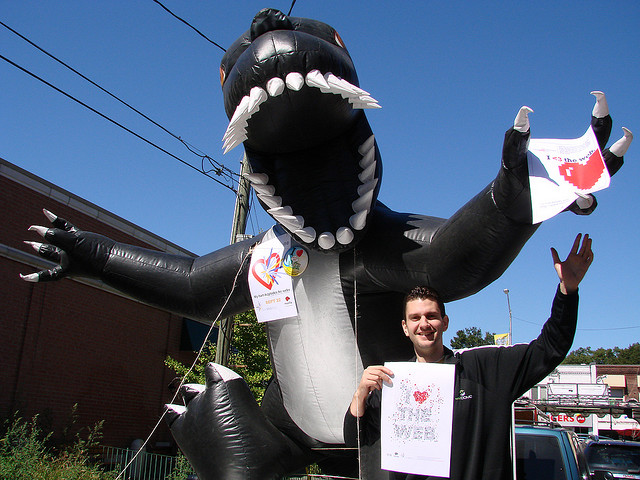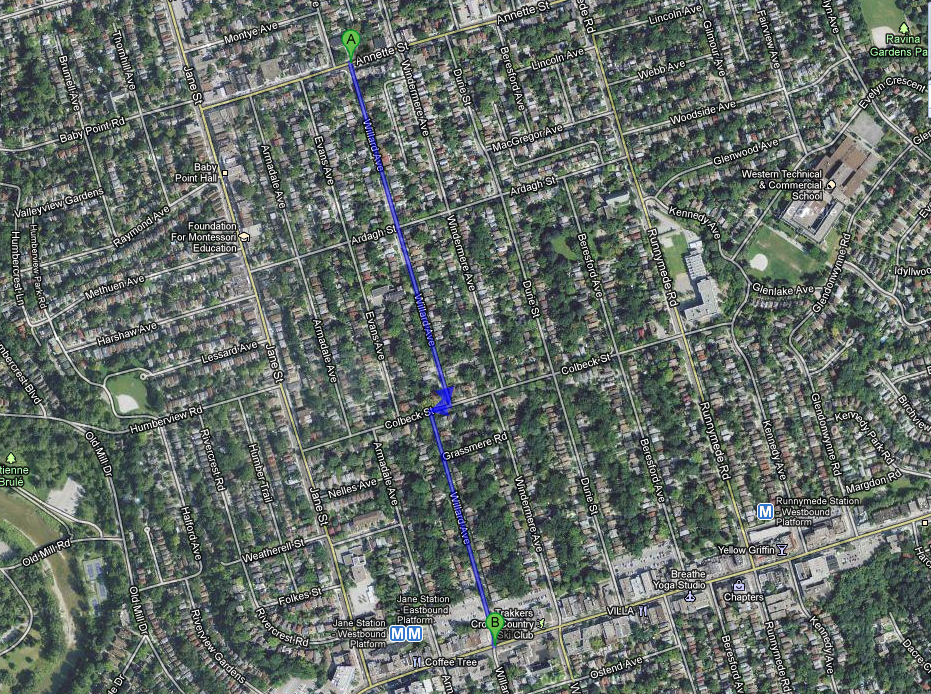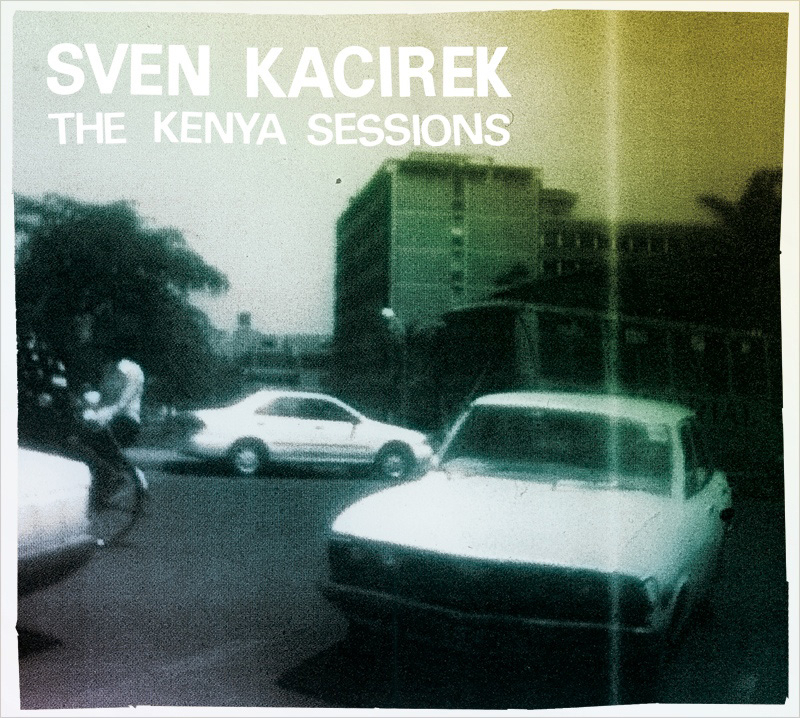It’s often said that Israelis have insulated themselves from the Palestinians. Two miles from Tulkarm, but a thousand miles psychologically. Without a doubt, this distance is there. Whether for ideological reasons, or Jewish majorities in specific areas, it becomes all too easy to imagine Israel as a monocultural entity, isolated as much from its neighbors as its own diversity. (More…)
Field Recordings
Few media have the level of penetration that music does. From mobile ringtones to elevators, there’s a melody, it seems, everywhere. Whether it’s a soundtrack to a mainstream film, or the song identifying a popular TV show, music occupies every conceivable space we can find it. Certainly, music has become so ubiquitous, we find ourselves blocking it out more often than we tune in. Any wonder why there’s less money in it these days? (More…)
No London neighborhood is as synonymous with reggae as Brixton. Immortalized in countless songs (“Guns of Brixton“, “Electric Avenue“) for outsiders, the borough’s musical identity is inseparable from popular music of the late 1970s and early eighties. Residents of San Francisco will find it comparable to the Haight Ashbury area’s identification with 1960s bands like The Grateful Dead, and the Jefferson Airplane. (More…)
Toronto is made up of many different villages. In the past, each played host to a different immigrant community. Today, you can hardly tell these areas apart from each other. Bloor West Village used to be Ukrainian, but has since since lost much of its original, eastern European character. Touted as a poster child for Canadian multiculturalism, it is conspicuously homogeneous, in a typically unmemorable sort of way. (More…)
“Kitsch is the absolute denial of shit,” Milan Kundera famously snarled in his 1984 novel, The Unbearable Lightness of Being. In his story, a painter declares an aesthetic war on the kitschy pop culture that was crafted and enforced by communist Czech bureaucrats during the Prague Spring revolt of 1968. (More…)
Toronto has a dilemma: It can afford new, high tech trains for municipal transport. However, it cannot develop other services to meet the city’s needs. What does this disjuncture mean? (More…)
Manuel Noriega didn’t like Guns and Roses. At least that’s what the US military counted on, when it employed extremely loud music, to help flush the former dictator out of hiding. The best-known example of using sound for military purposes, when it comes to psychological warfare, it’s just the tip of the iceberg. (More…)
Part of my daily routine includes a walk to and from a subway station located at Bloor and Jane, one of the streets I walk almost every day. This route has become almost second nature to me. I can almost walk it with my eyes closed. In fact I often do, trying to find my footing, one step in front of the other, by listening. (More…)
I used to take walks between York University‘s student center, and the northeastern side of campus. This is a recording of one of them. I made it because I wanted to capture the sounds of a routine I found meditative and calming. Several days after this was made, the Toronto Transit Commission fenced off 90% of the area, in order to build a subway extension connecting York and adjacent, poverty-stricken neighborhoods, with the rest of the city. (More…)
When a German producer receives support from the Goethe Institute to collect field recordings in Africa and forcefully rework them into cutting-edge electronica, difficult questions are bound to come up. Are the musicians he documented being exploited, whether financially or culturally? (More…)
